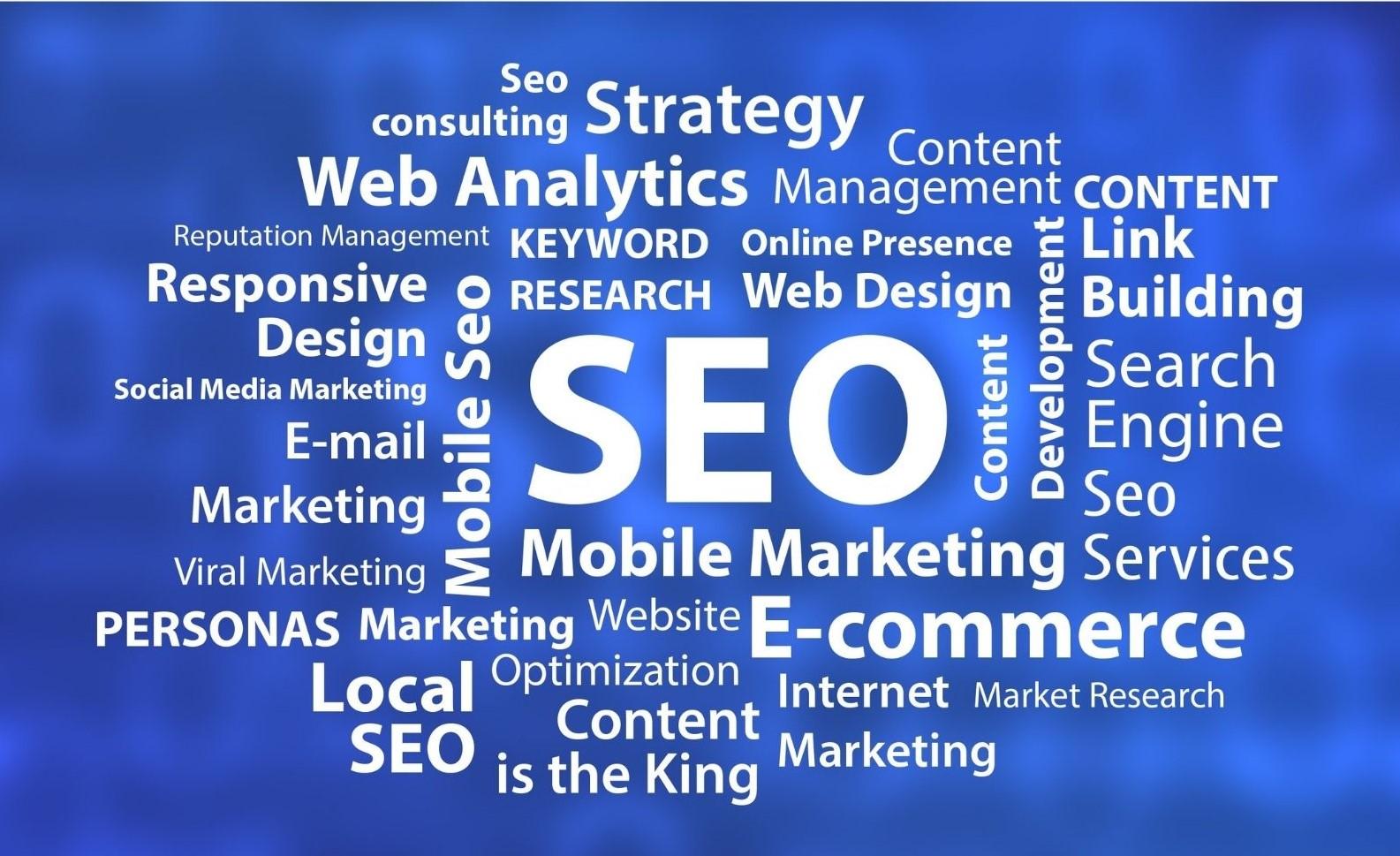SEO plays a vital role in generating organic traffic for any brand. Brands use various SEO techniques for it, both off-page and on-page. So, before diving deep into the topic, let's first learn more about search engine optimization.
Search Engine Optimization (SEO) is the process to generate organic traffic on your website or webpages from the search engines. The content posted on the website or webpages is optimized by writing quality content and using the right keywords that people are searching for on search engines.
There are two types of SEO strategies, On-Page, and Off-Page SEO.
On-Page SEO:
On-Page SEO is the optimization of the content that is on the main website of your brand. For instance, the blogs written on Byju's website is On-Page Seo because it is in control of Byju's
Off-Page SEO:
Off-Page SEO is the optimization of the content written on sites other than the pages of the website. For instance, if the content is written on various other sites that mention Byju's or its links, it's Off-Page SEO.
Latest Techniques for On-Page Search Engine Optimization (SEO):
1) Title/Heading
For search engines, the title is vital as its the first thing that catches the eyes of any individual searching through the search engine. Try to target the keywords in the title of your content, but make sure that the title is meaningful and people do search about it. There are so many tools like ubersuggest to understand if the keyword is worth the title. Also, the content should be relevant to the title and must give a clear understanding of the topic.
2) Meta description
The meta description of the blog should give a proper gist to what the user will learn about when he goes further into the article. Generally, Meta Description is catchy so that the person does not return back from the search engine but click on the page and read the article. It plays quite a significant role in generating organic traffic to the website and web pages.
3) Publish High-Quality Content
Before starting to write the content, do extensive research on the title decided, to write the better quality of content.
Do not write the articles that you have already published earlier if there's nothing new updated on that topic.
Do not copy or rewrite the existing content on the internet until and unless it is a trendy topic or maximum traffic generating topic.
Write content that is useful to the audience because if it is not useful to them, why would they read it till the end?
The content should satisfy the searcher's intent, meaning that the content should be such that people are actually searching about. Google is very smart and it knows what people are searching for.
4) Use Images and other Multi medias
The use of images makes the content, blog, or article very interactive for the user. It is also good for presenting your content because with visuals it's easier to understand and connect with the content.
But images should also be optimized, for that:
Use royalty-free images or if you use an image from any browser, don't forget to mention its source URL.
The Size of the image should be lesser than 30-40 MB to avoid loading time.
Add Alt text to the image
5) JAMStack
JAMstack Web Development is a modern architectural web development approach that is a combination of JavaScript, APIs, and Markup.
On the sites made by using JAMstack Web development, it becomes easy to run SEO as it is optimized according to the SEO requirement. It is fast to load, has better performance, and uses a static site generator. All these aspects help in optimizing the content.
6) Internal Linking
Linking the content within the blog is very crucial for on-page Search Engine Optimization. For example, Lakme has written a blog on smudge-proof kajal before and its new article is on Lakme Kajals that made a difference. So the former blog would be linked in the latter blog and that's how an internal link will be generated.
7) Headless Commerce Sites
In simple words, for Headless commerce sites, the front-end and back-end of the website are not interlinked to each other but are separately made. These types of websites can be made easily by hiring any headless commerce development agency.
Moreover, the on-page SEO for such websites is very organized and already in the patterns of the SEO requirements, making it easy to generate organic traffic.
8) Mobile Friendliness
Nowadays, people seem to be more active on their mobile phones and hence the number of people using search engines through their mobile phones has increased a lot. So, if your website is not mobile-friendly, you are going to surely lose a large audience and traffic that may not come your way even if the blog or article was just so amazing to read.
To know if your website is mobile-friendly or not use google's tool called "is your webpage mobile-friendly". To find this tool just type 'google mobile-friendly test' on the search engine. It will show you the percentage of mobile-friendliness and the problems with it. Once you know the problems, fix them and see the change in your traffic.
So, if you are someone who uses a website or Search Engine Optimization On-Page, you can get the audience directed right back at you by using these SEO techniques for on-page SEO.
